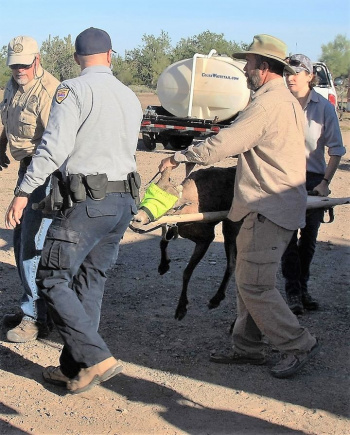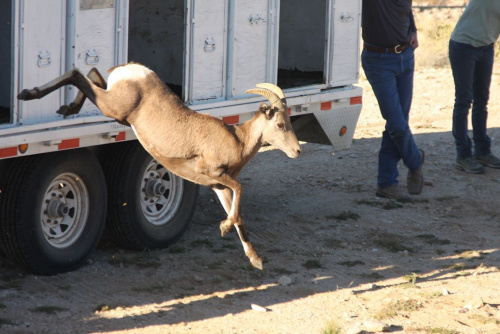Related Stories
- BLM’s Agua Fria National Monument is a worthwhile destination on your winter bucket list
- 11-year-old Touren Pope discovers ancient turtle fossil on BLM land in Wyoming
- Remembering the cattle drive that defined ranching in southeastern Arizona
- Smokey Bear joins Mr. & Mrs. Claus to continue LTVA annual toy giveaway
- BLM Fire Team brings Smokey Bear to Kingman’s Street of Lights
Office
3201 E. Universal Way
Tucson, AZ 85756
United States


